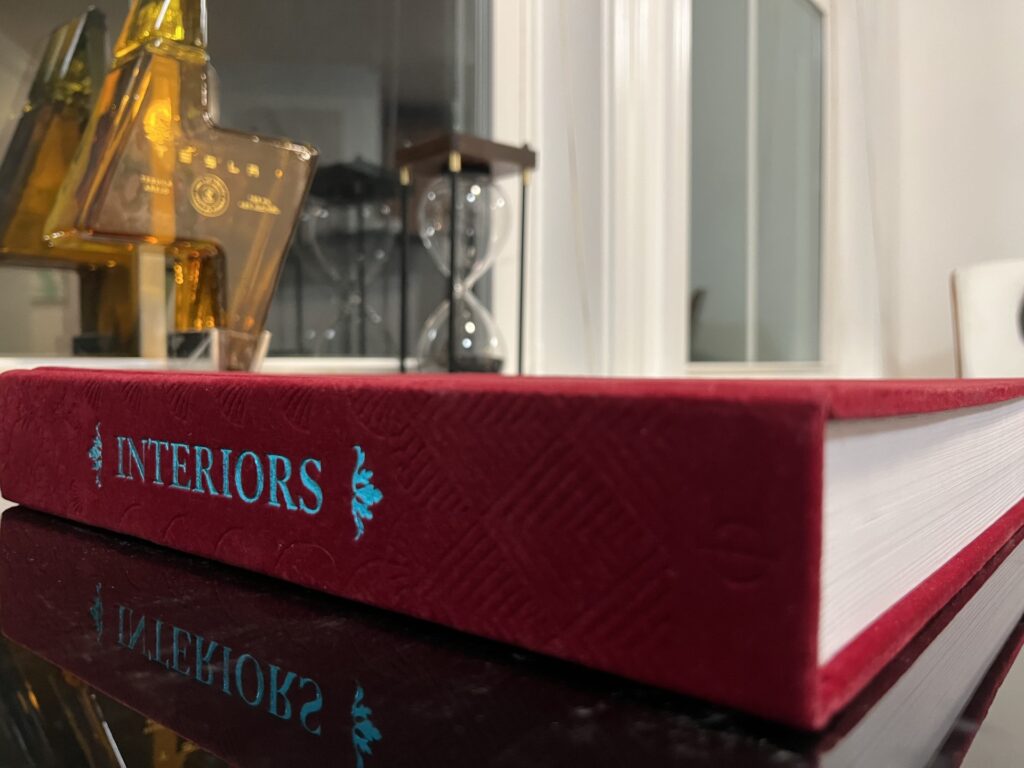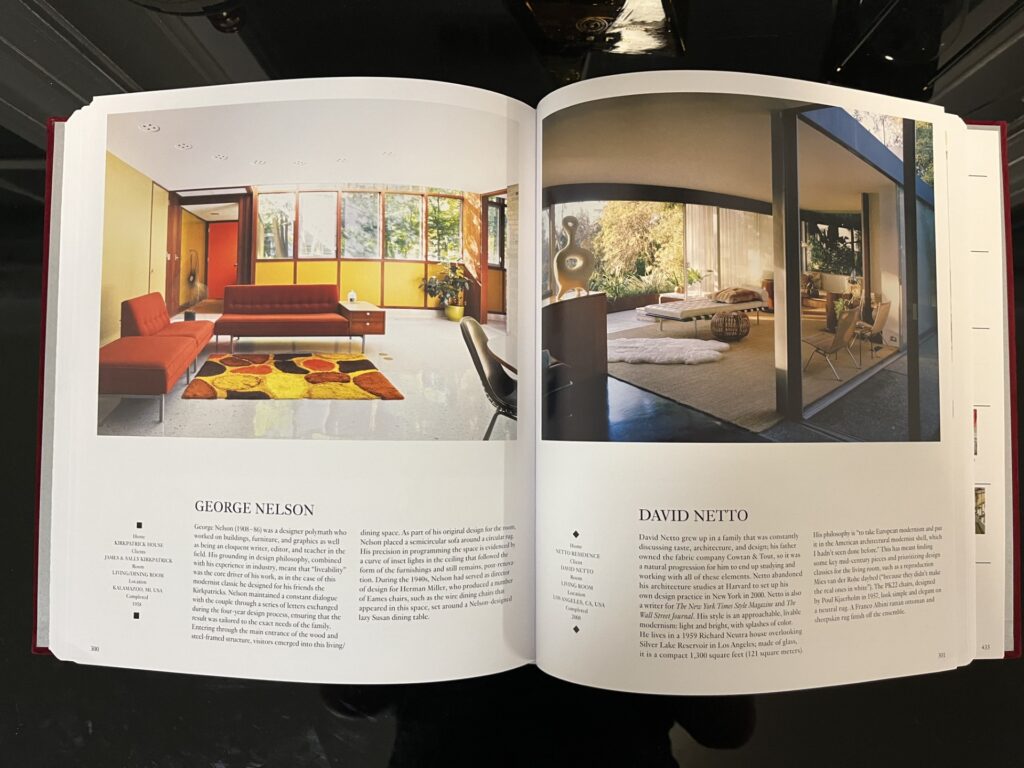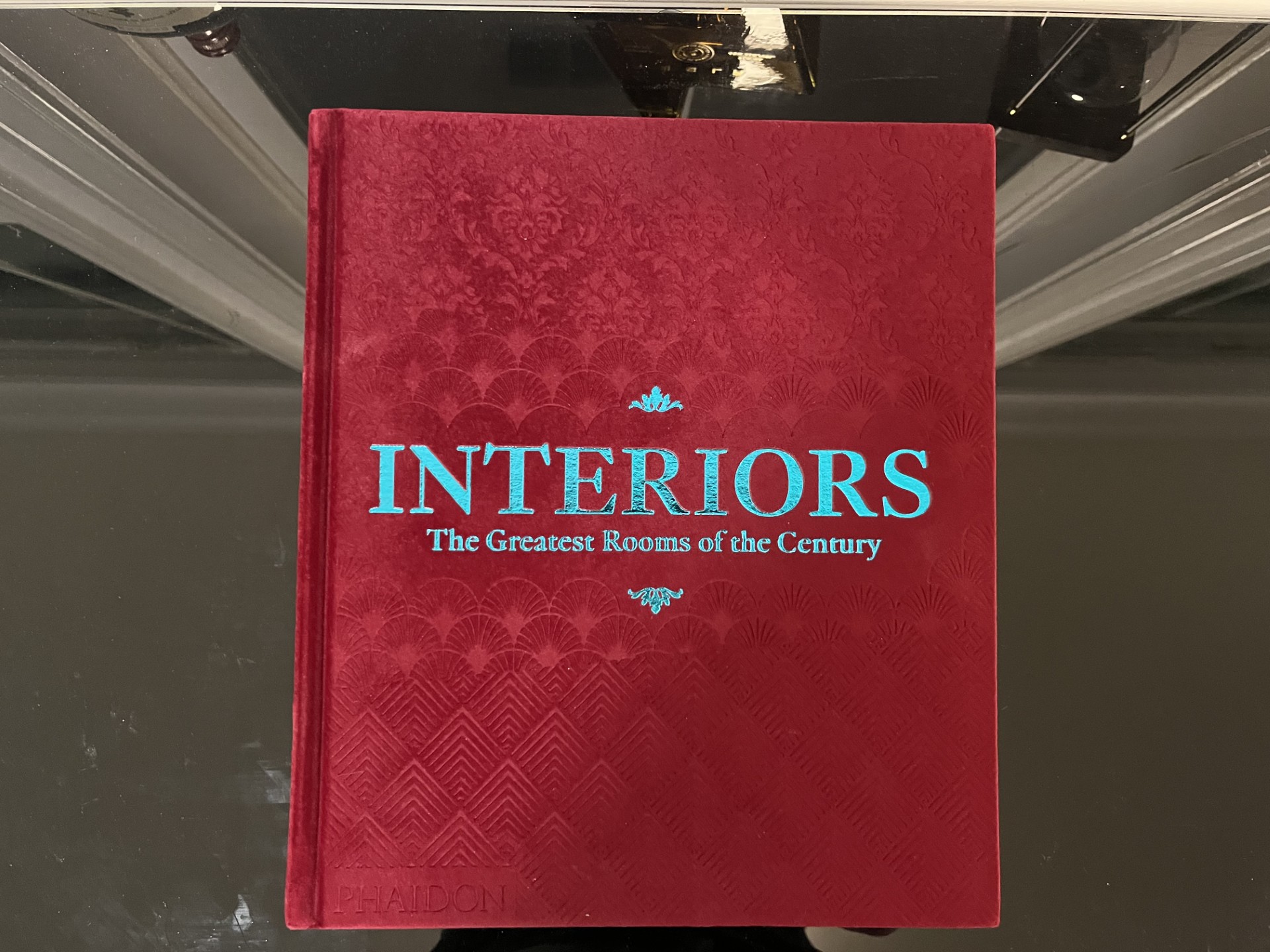“Interiors: The Greatest Rooms of the Century” is a stunning coffee table book that showcases exceptional living spaces from around the world. With over 400 beautiful rooms, it highlights the creativity and style of more than 300 influential designers.
Readers will find an engaging mix of styles, from beach houses to city penthouses. Each page features striking photography that captures the essence of each room, providing inspiration for anyone looking to enhance their own space. The book is not just a collection of images; it invites exploration and ignites a passion for design.

Whether you’re a design enthusiast or simply looking to enjoy beautiful interiors, this book has something for everyone. It serves as both a visual delight and a valuable resource for decorating ideas. “Interiors: The Greatest Rooms of the Century” is bound to spark creativity and admiration in any setting.
Essential Insights
This section explores key aspects of “Interiors: The Greatest Rooms of the Century,” focusing on its historical connection, editorial viewpoints, and notable design elements. Each aspect contributes to the book’s significance in the interior design world.

Historical Context and Relevance
“Interiors: The Greatest Rooms of the Century” serves as a reflective piece on design evolution throughout the 20th century. It highlights the changing trends in living spaces, showcasing how historical events influenced interior design.
The book’s organization by the names of designers and rooms adds to its uniqueness. This layout encourages exploration and provides readers with context for each space. Each selected room tells a story, revealing the cultural and artistic priorities of its time.
This compendium captures a wide variety of styles, from minimalist to opulent, allowing readers to appreciate the rich tapestry of interior design history.
Editorial Perspectives
The editorial tone of “Interiors” caters to both enthusiasts and professionals. It is curated with insights from notable sources in the design community. The book does not just list beautiful rooms; it provides thoughtful commentary on each space’s significance.
Editorial notes offer context and highlight the creative minds behind the designs. They help readers engage with the material by contextualizing each room within its historical framework. This approach enhances the reader’s understanding of why certain designs resonate and endure over time.
Artistic Merit and Design Aesthetics
The artistic aspects of the book showcase stunning photography that captures the essence of each room. Each image acts as a visual storytelling tool, providing a deeper appreciation of the spaces presented.
The design aesthetics featured reflect various movements like Art Deco, Modernism, and Mid-Century design. This diversity allows readers to experience a range of styles. It also sparks inspiration for those looking to transform their own spaces.
Overall, the emphasis on both style and substance makes this collection a valuable resource for anyone interested in the art of interior design.
Featured Rooms and Designers
This section highlights some of the standout interiors featured in the book, along with the designers behind them. Readers will discover a variety of styles and influences that define the beauty of these exceptional spaces.
Iconic Interiors Showcase
“Interiors: The Greatest Rooms of the Century” presents stunning photographs of iconic rooms. Each image captures unique design elements that inspire admiration.
- Classic Elegance: A room designed by Diana Vreeland showcases a daring mixture of color and texture, featuring bold patterns paired with classic furniture.
- Modern Minimalism: Spaces crafted by Tadao Ando highlight tranquility through simple lines and natural light, creating a serene atmosphere.
- Eclectic Flair: Vivienne Westwood’s design exudes personality with vibrant colors and unexpected decor, representing a unique blend of art and fashion.
These interiors reflect diverse styles and invite creativity.
Designer Profiles and Philosophies
The book includes profiles of over 300 influential designers, making it a rich resource for those interested in design.
- Charlotte Perriand: Known for her focus on functionality, she combines beauty and utility in her work. Her designs often emphasize open spaces.
- Le Corbusier: A pioneer of modern architecture, he believed in creating functional homes that elevate living experiences.
- Frank Lloyd Wright: Famous for blending buildings with nature, his philosophy centers on harmony and organic design.
Each designer’s unique philosophy and approach are essential to understanding their iconic rooms.
Photography and Visual Presentation
The photography in “Interiors: The Greatest Rooms of the Century” stands out for its stunning quality. Each image captures the essence of the space, showcasing intricate details and unique features.
The layout of the book is carefully crafted. It uses large, full-page spreads that allow readers to fully appreciate the beauty of each room. The images are complemented by thoughtful captions, enhancing the viewing experience.
Key features of the photography include:
- High Resolution: Images are crisp and clear, making even the smallest details visible.
- Diverse Styles: The book features a variety of interior designs, from modern minimalism to classic elegance.
- Natural Lighting: Most photos use natural light, providing a warm and inviting feel to each space.
This visual presentation makes the book more than just a collection of designs. It invites readers to imagine themselves in each room. The combination of artistry and technique captures the spirit of living spaces from different eras and styles.
Critical Reception and Impact
This book has received significant attention for its artistic presentation and celebration of interior design. Both public and critics have reacted positively to its content, influencing modern design trends and inspiring both professionals and enthusiasts alike.
Public and Critics’ Reviews
“Interiors: The Greatest Rooms of the Century” has garnered praise from various reviewers. Readers appreciate the stunning visuals and organization of the book. The vibrant color editions, like the bright orange velvet cover, have been particularly well-received.
Critics have highlighted the book’s capacity to showcase over 400 exceptional spaces created by more than 300 designers, artists, and iconic figures. This diverse range invites appreciation from different audiences. Publications like New York Magazine have noted that it serves as an essential reference for interior design lovers.
Influence on Contemporary Design
The book has notably impacted contemporary design trends. By showcasing spaces from a variety of creators, it encourages new ideas and styles. Many designers refer to this collection for inspiration, leading to fresh interpretations of interior spaces.
Its approach also challenges the traditional boundaries of design, merging influences from art, fashion, and architecture. Designers often cite the book when discussing the evolution of style in modern interiors. This blending showcases how past influences can transform today’s living spaces.
